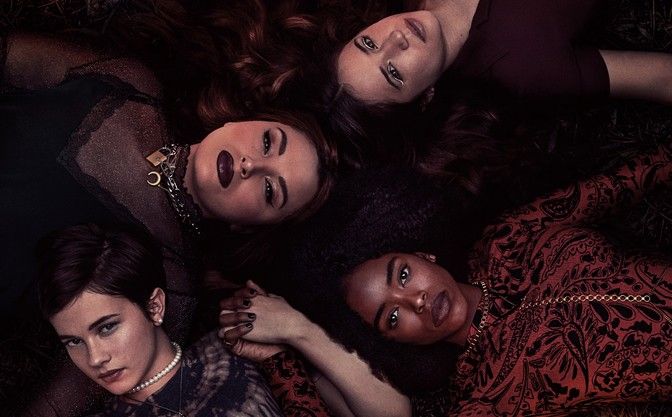
Cinematographer Hillary Spera was tasked with bringing her unique, thoughtful perspective to the world of The Craft: Legacy.
In Blumhouse’s continuation of the cult hit The Craft, four teenage witches must balance their newfound magical powers with all the drama and dangers of their high school and home lives.
It's a fresh take on a witchy classic, with a different story, new vibe, and female-forward perspectives.
Hillary Spera served as the film's director of photography. Her previous work includes TV, documentary, and feature projects like Duck Butter, Band Aid, Miss Americana, and The Package.
She, appropriately for us, did not attend film school.
She took some time ahead of the film's premiere to talk with No Film School about how she and director Zoe Lister-Jones landed on the film's look, made the decision to shoot anamorphic, and tackled what was most challenging about the shoot.

How do you shoot horror?
Spera's experience is diverse, and in other interviews, she conveys a thoughtfulness and deliberateness about the visual choices made on every project. But is there anything different about her approach to a horror movie?
"Interestingly, no," Spera said. "I think that the thing that attracts me to any film is the storytelling, and trying to find a way to connect to it in a really grounded way. And make it about the characters’ story and about that visual storytelling. And I think with horror, it's the same way. I really want to make it feel relatable. And I think that that's actually the scariest thing, something that's very tangible. And something that you can really feel in your gut."
Story was the priority on The Craft: Legacy, which guided the visual approach.
"We really wanted to make this movie, first and foremost, about friendship and about inclusion, and really finding your own identity in a world where it's, for whatever reason, be it magical or other, is something that they're exploring," she said. "And then, the magic and the horror was something that always needed to be related to that, and be grounded by that."
Spera said her favorite horror movies are not usually about monsters. She prefers psychological horror.
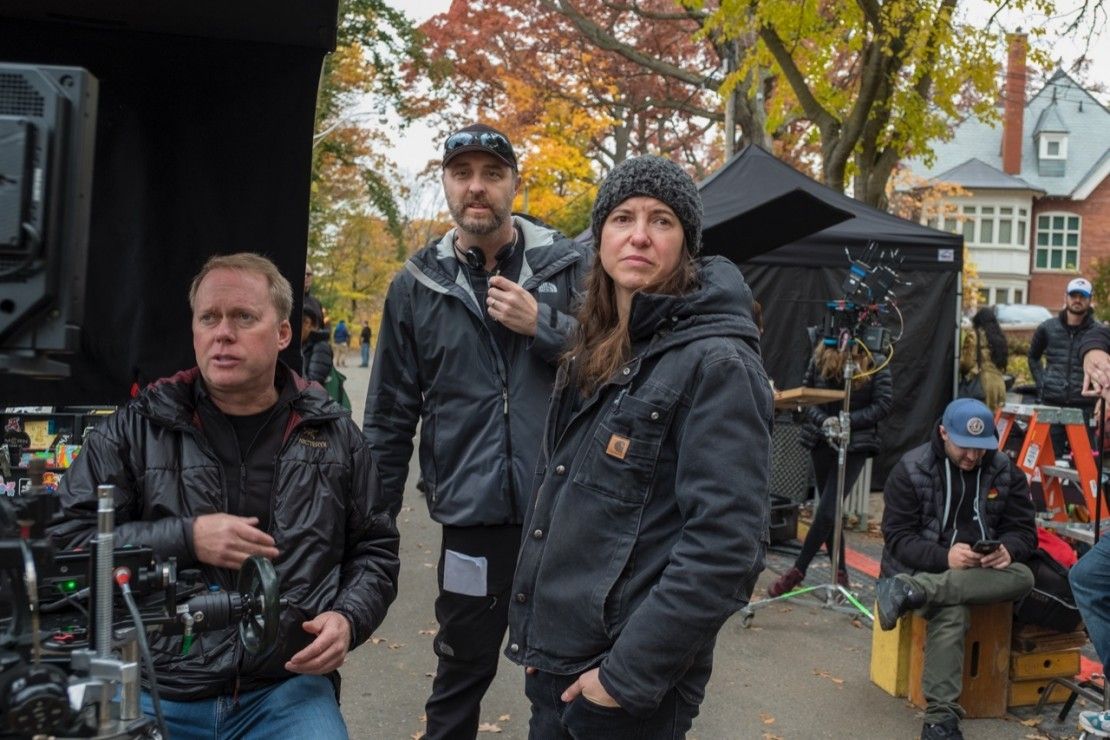
"Oh, that's such a good question," Spera said. "I really love films of the 70s. And that was a huge inspiration for this, for sure. Like Rosemary's Baby and Tarkovsky. You could say that's not really horror, but more thriller. But I really like the very deeply spooky ones that don't show you the ghost or the killer in the first five minutes of the movie. It's such a gamut, even Carpenter movies. There's so many. They're amazing."
The film combines youthful, bright sequences with dark, autumnal colors. Spera was able to light in layers to reflect Lily's internal journey. What went into developing those motifs?
"Zoe and I talked about making it feel very rich, and a good mix of contrast and using shadows," she said. "So it's about what you don't see. That's the scariest part and being creepy in a really classic way. Rosemary's Baby was a huge influence, visually. The use of frames within frames, and the use of light and dark. And I'm a purist, and I come from shooting film. I always want it to really feel, as much as we could, like it was shot on film. We talked about shooting it on 35 [mm] from the beginning. And unfortunately, for all the reasons, it's harder and harder to do that these days."
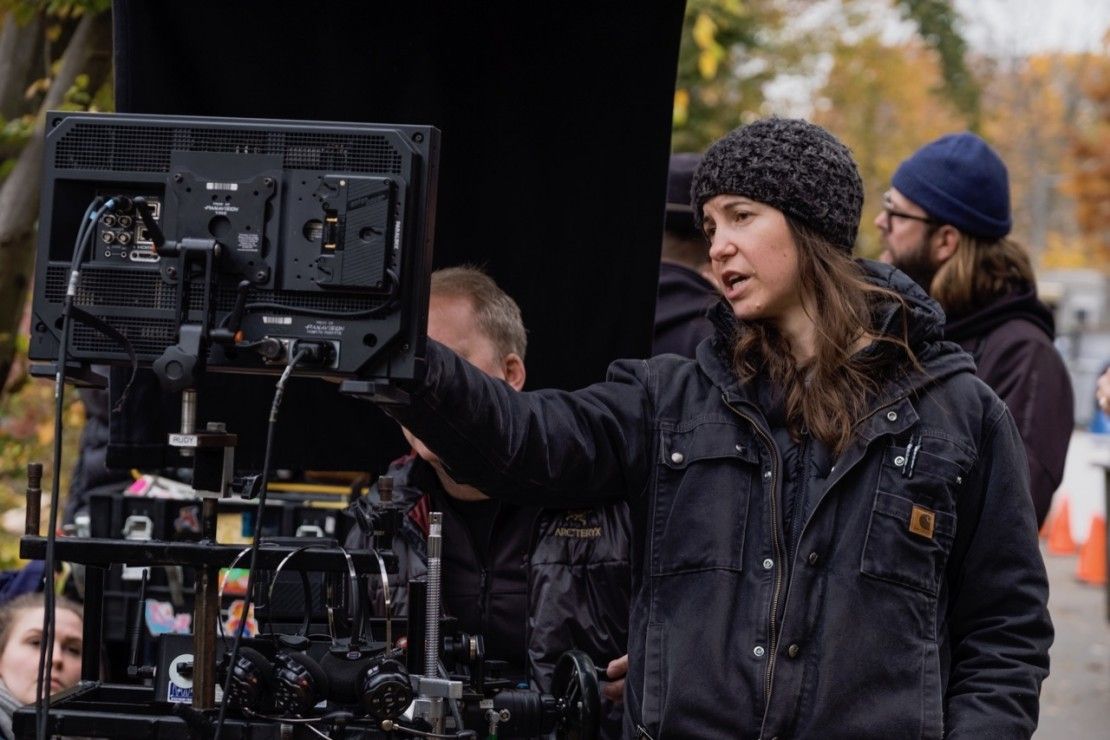
"Our references are really rooted in a more classically composed and a more filmic, more celluloid, look," she said. "And a big part of that, too, obviously, is production design. I've worked with this designer before, Hillary Gurtler. She and I did Zoe's other movie, which was completely different. It was a bright musical comedy. And this is obviously very different. But so much of that was part of collaboration. And it really went hand-in-hand, and the sets that she designed, that she found, were a huge part of that for me."
Spera also pointed out the involvement of her colorist, Mitch Paulson, whom she worked with on Run.
"We looked for it to feel dark," she said. "And he really did a great job in complimenting that. I'm really grateful to him. Because it's really hard to do. It's hard to light perceivable dark."
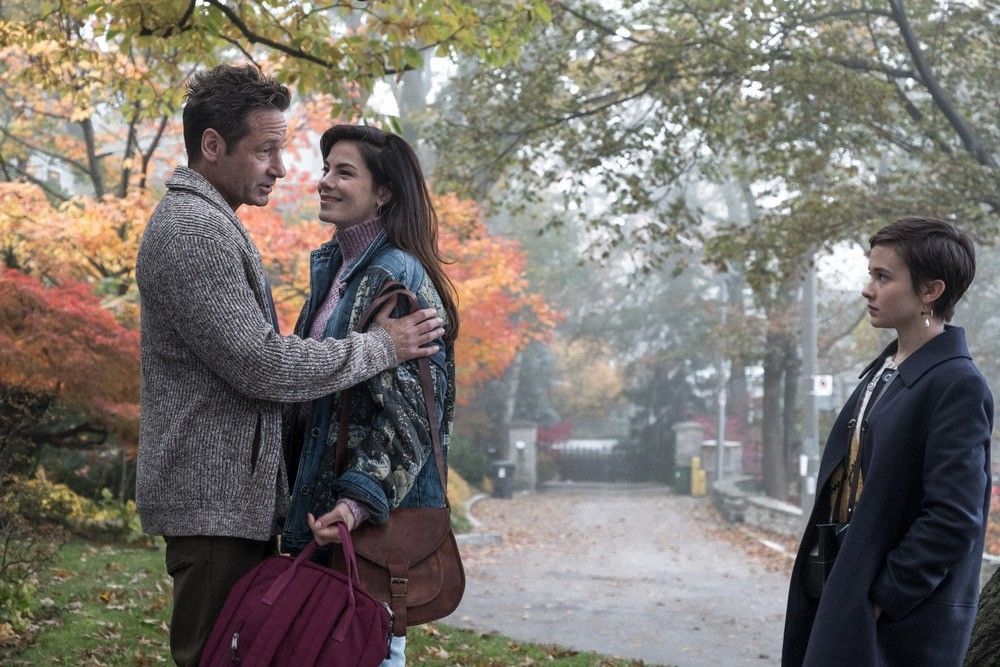
Shooting anamorphic
The film was shot on Alexa using Panavision anamorphics. Spera said it was a mix of G and E series lenses.
"I always tend to go for a vintage, anamorphic or vintage spherical lens if I can," she said. "And [Panavision is] so incredibly supportive, and I'm a huge fan of their glass. It's really specific and unique. Again, just more in the vein of wanting to feel classic, and using glass, it was a little bit more textured. And had some character to it."
The anamorphic certainly adds a unique, polished look to the film. Spera said it was always her first choice.
"I always saw it as anamorphic, because I felt like elevating this in a really cinematic way was something that was important to the story," she said. "And also, there's just something really fun that happens in an anamorphic frame, just in terms of the relationship of characters in the frame. I knew that we'd have a lot of shots that would involve the four girls. And just finding ways to show their power. And especially with Cailee Spaeny, who played Lily, who's in the whole film. She's such an incredible actress to work with. Her face just lights up the screen. Putting her in an anamorphic frame, where it's just about her and her world and relationship to it, was just something that was really exciting for me to think about."
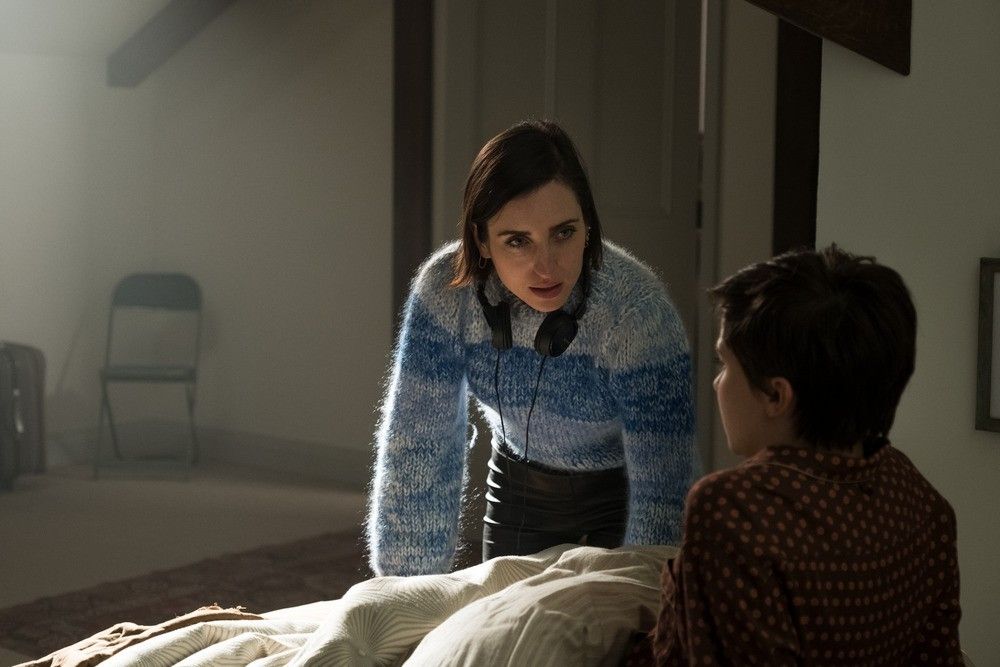
How do you shoot a sequel?
The Craft has a definite 1990s feel and leans more toward grungy and dark. Did Spera feel any pressure to follow the visuals established in this cinematic universe?
"I definitely was approaching it on its own terms," she said. "Zoe's take on The Craft was so different than the original. And so unique. But still also has a throwback, too. We did the 'light as a feather' scene, and the scene of them walking through the cafeteria. Those two, they're so iconic. And I think that was our way of giving them homage without necessarily matching it exactly, look-wise."
She believes that every film should stand on its own two feet.
"For me, every film has this life of its own, and its own look to it," she said. "And I feel like this one was really calling for it to be what it was. That said, I'm such a huge fan of the original. This is such a dream project to take on that I guess we felt the pressure of just making sure it just had that integrity, and the people who watched the original and were fans would also enjoy this."
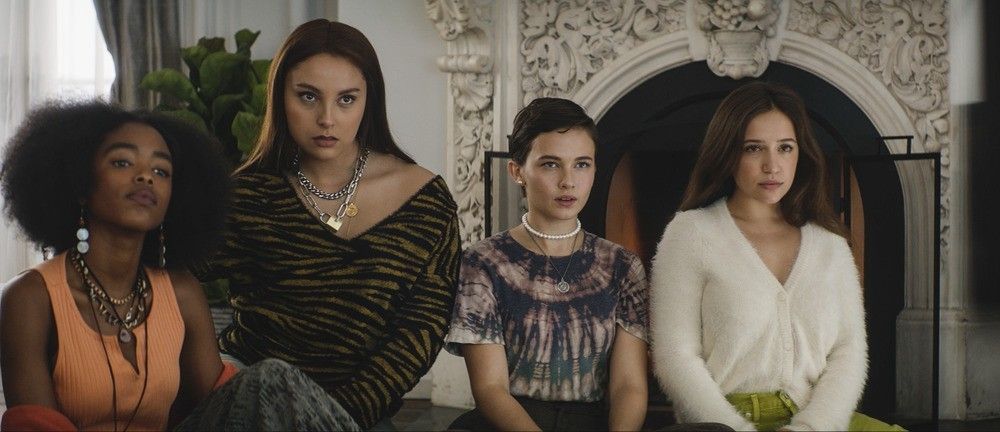
Her collaboration with Lister-Jones
Spera worked previously with director/writer/actor Lister-Jones on the film Band Aid. She said the director brings a spirit of collaboration and versatility to all her projects.
"We really prepped very heavily," she said of The Craft. "I always believe that the work is mostly done in prep. And she and I just eat, breathe, sleep the movie before we get on set. And there's no bad ideas. Put it out on the table to talk it through and explore it. I really feel like our collaboration is really unique and strong in that way. And I feel so supported by it."
There are difficult days, she said, but the foundation of their relationship can easily withstand them.
"When you just have that backbone, it really makes you feel invincible," she said. "And we also have a whole lot of fun. We laugh a lot. It's hard work, but making films, everyone knows, is tough. I have so much fun with it, and feel really grateful and honored to have her as a collaborator."
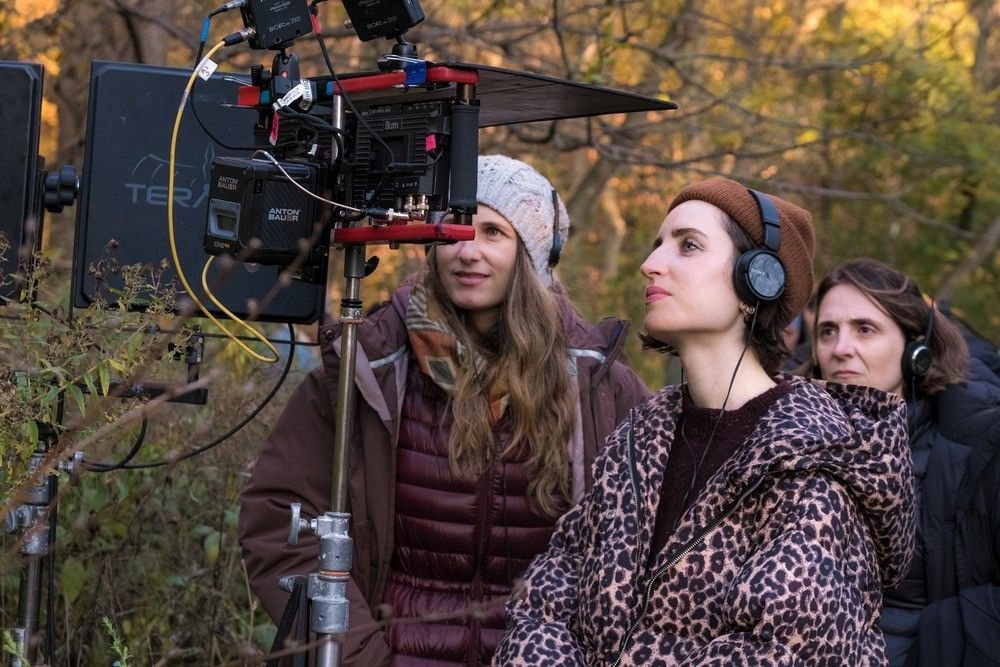
What was the hardest day of shooting?
Speaking of those hard days.
Spera referenced an early sequence in the film, where the characters are trying their combined powers for the first time. The scene is shot in the woods and incorporates visual effects, and also is an overhead 360-degree shot.
"You're shooting a lot with natural light," she said. "It was exterior. Technically, it was something to sort out. We were in the middle of the woods. But we'd always seen that scene in our heads for so long, from the beginning of prepping the movie, and wanted to do something fun with it. And so it was surreal seeing it come to life and executing that. But also knowing, as you well know, it's fall, with limited daylight. And sometimes you just gotta kind of go for it. And we did. And I'm just psyched that it turned out and represented what we had set out to do."
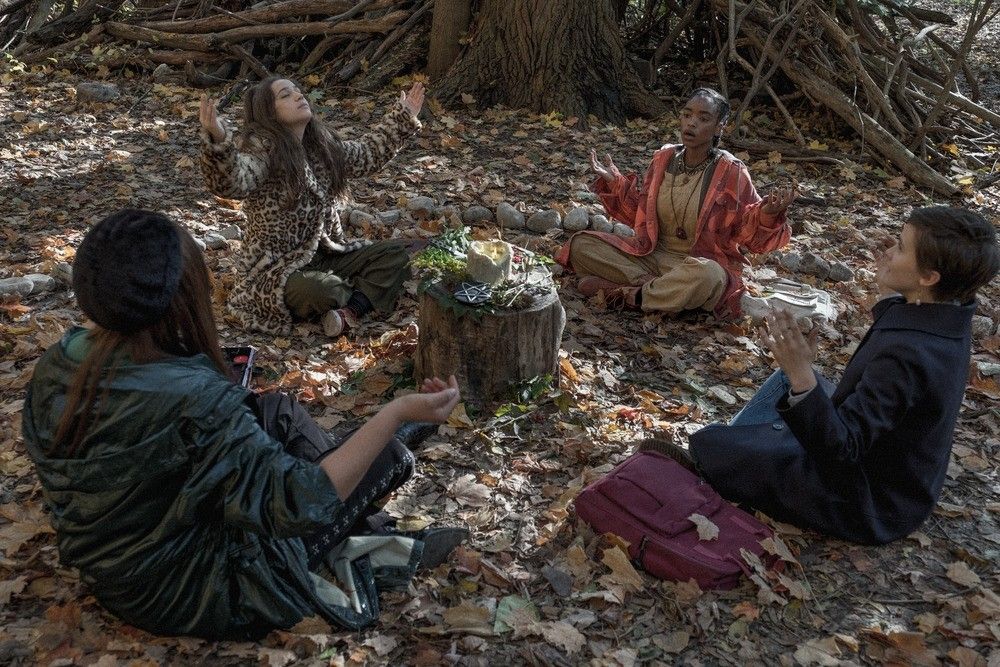
What advice does she have for a beginning DP?
Again, Spera gained her experience outside of film school. What would she say to someone wanting to get into cinematography?
"I always say just shoot everything you can get your hands on," she said. "It doesn't matter what it is, as long as you're making stuff. I feel like you just learn something from absolutely every opportunity, and you never know where that's going to come from, when you're going to be able to pull from that in the future. I feel like that was my path. I just shot everything I could get my hands on. I really feel like it all informs. It all comes to bear. Cinematography is a lifelong craft. We're so lucky for that, and you just never stop learning."
She also urged cooperation and collaboration with your crews.
"And two other things, aside from that is just—of your crew, respect them, work for them," she said. "And the other one being, just keep your other eye open always. Always be watching. So yeah. I don't know. There's so many different paths to being a cinematographer, which is super cool."
Spera said she hopes audiences enjoy the film.
"I feel very lucky to have made this film, especially at the time we made it," she said. "I'm proud of the film, but I'm also just really proud that it represents inclusion and the power of these women, both behind the camera and in front of the camera. And all of that ended up on the screen. I'm proud of that, and I just feel really grateful to have been a part of it.
Written and directed by Zoe Lister-Jones, the film stars Cailee Spaeny, Gideon Adlon, Lovie Simone, Zoey Luna, Nicholas Galitzine, with Michelle Monaghan and David Duchovny. Blumhouse and Red Wagon Entertainment produced for Columbia Pictures.
The film is available on-demand now.
Your Comment